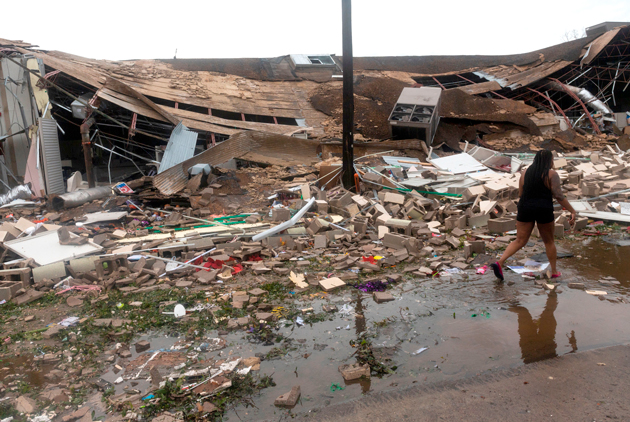In an effort to combat the COVID-19 virus and its subsequent variants, the Biden administration has instituted three important mandates that employers should be aware of as they may impact their business. First, the Emergency Temporary Standard (ETS), issued by the Occupational Health and Safety Administration (OSHA), requires that all employers with 100+ employees mandate vaccination or weekly testing. The second mandate involves federal workers and contractors and requires them to obtain a vaccination without any option for weekly testing. The final mandate was issued by the Centers for Medicare and Medicaid Services (CMS), and requires vaccination of all healthcare workers at CMS-covered facilities.
OSHA’s Emergency Temporary Standard
The mandate that has the most wide-ranging impact is Occupational Health and Safety Administration’s (OSHA) Emergency Temporary Standard (ETS) that calls for employers with 100 or more employees to either require employees to obtain a COVID-19 vaccination or to prove compliance with a weekly-testing program. This ETS is expected to affect over 80 million employees.
On December 17, the Sixth Circuit Court of Appeals lifted the stay placed on OSHA’s ETS issued by the Fifth Circuit in November. The court held that OSHA does have statutory authority to mandate national vaccines and/or testing for employers with more than 100 employees. Specifically, it outlined that because COVID-19 is a virus that causes bodily harm, OSHA was well within its administrative authority to regulate the health and safety of employees.
Since the Sixth Circuit’s decision to dissolve the stay, OSHA announced that it will not be issuing citations for noncompliance with the ETS requirements until January 10 and the testing requirements will not be enforced until February 9 with the caveat that the employer must make good faith efforts to come into compliance as soon as possible.
After this ruling by the Sixth Circuit, eight groups challenged the OSHA vaccine mandate and filed emergency applications with the U.S. Supreme Court asking it to stay the mandate again until the case can be heard in the highest court. On December 20, the Supreme Court requested a response from the federal government by December 30. And, on December 22, in an almost unprecedented move, the Supreme Court ordered oral argument on these emergency applications, which will take place on January 7.
Despite the fact that the validity of the ETS is now squarely before the Supreme Court, employers should still operate as if the ETS will go into immediate effect. OSHA has implemented new deadlines to reflect the current status of the ETS.
By January 10, employers should:
- Track employee vaccination status
- Create a database detailing vaccination information for each employee
- Require unvaccinated employees to wear a mask
- Provide paid time off for employees to get vaccinated and recover
As of February 9, 2022, employers must also require unvaccinated employees must start testing for COVID weekly. Self-administered or self-read tests would not comply. Employers must observe or use a proctor and have employees tested on site, or at a recognized testing facility.
The Mandate for Federal Employees and Contractors
The second mandate stems from President Biden’s executive order that requires most federal employees or contractors to get vaccinated. This mandate does not have a testing option.
On December 7, the U.S. District Court for the Southern Section of Georgia granted a preliminary injunction to temporarily halt the enforcement of the Biden’s administration’s vaccine mandate for federal contractors.The court found that the administration had overstepped the bounds of it authority under the Federal Property and Administrative Services Act 40 U.S.C. 101 et. seq. The injunction effectively prohibits enforcement of the federal contractor vaccine mandate in all 50 states and any territory of the United States. However, on December 17, the Eleventh Circuit, denied the government’s motion to stay. This effectively upheld the injunction. The court found that the government had failed to show that it “would be irreparably harmed absent a stay.”
The CMS Mandate
The third mandate is an interim file rule of the Centers for Medicare and Medicaid Services (CMS), which requires vaccination of all healthcare workers at CMS-covered facilities throughout the United States. The CMS mandate is currently enjoined by court order in 25 states and continues in full effect in 25 other states. After the ruling by the Fifth Circuit in November, however, CMS suspended implementation and enforcement of the mandate pending resolution of the challenges before the Supreme Court.

